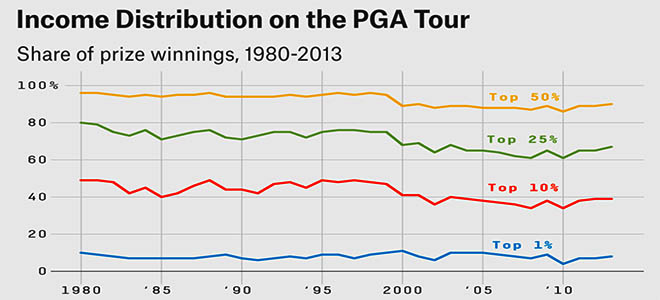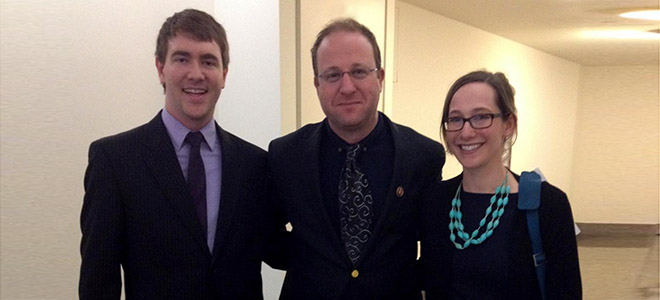Webcast Now Available for CSTPR Noontime Seminar on Wildfire Mitigation
Playing with Fire: Social Interactions and Wildfire Mitigation Behaviors in Colorado
by Katie Dickinson
Abstract: Homeowners’ decisions in fire-prone areas play a crucial role in shaping wildfire occurrence and, especially, impacts. These decisions are interdependent: what one household does can affect the choices of neighbors and other social contacts. I present a conceptual model that outlines five pathways through which social interactions among homeowners in fire-prone areas can influence mitigation choices: information and learning; social amplification of risk perceptions; risk interdependency (or risk externalities); social norms; and social capital. Observational data from Boulder and Larimer counties shows that social learning, risk interdependency, and social capital and norms have multiple and varying relationships with risk perceptions, beliefs about mitigation options (including efficacy and costs), and wildfire risk mitigation behaviors (particularly actions to reduce vegetative fuels on one’s property). However, inferring causality from these observational relationships can be difficult. This motivates an in-progress study that will employ choice experiments in a web-based survey of homeowners living in fire-prone areas of Colorado’s Western Slope to measure the effects of risk interdependency, social norms, and costs on risk reduction decisions. By combining experimental and observational approaches, this body of research seeks to deepen our understanding of the role(s) of social interactions in shaping risk-related decisions, and the ways in which policies and programs can harness the power of these social interactions to encourage homeowners to take action.


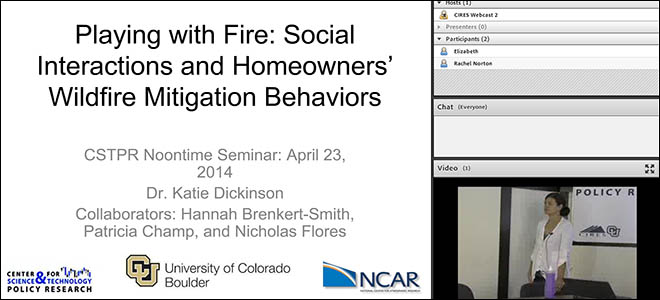
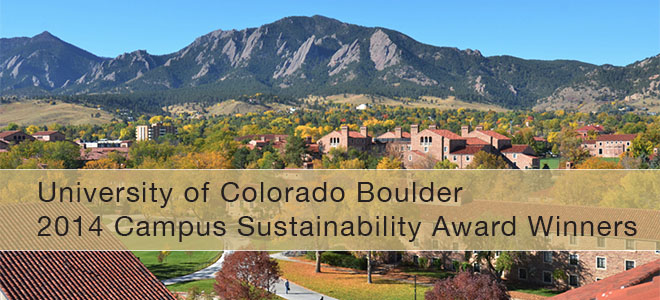

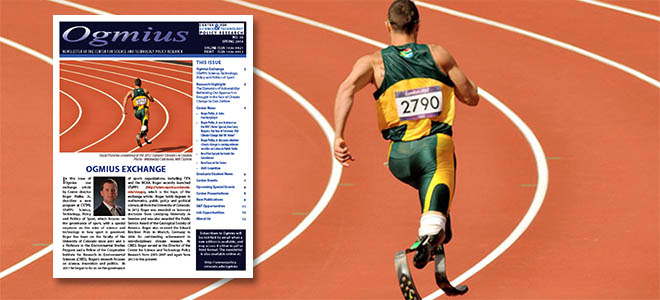 Ogmius, the newsletter of CSTPR, Issue 38 is out:
Ogmius, the newsletter of CSTPR, Issue 38 is out:

